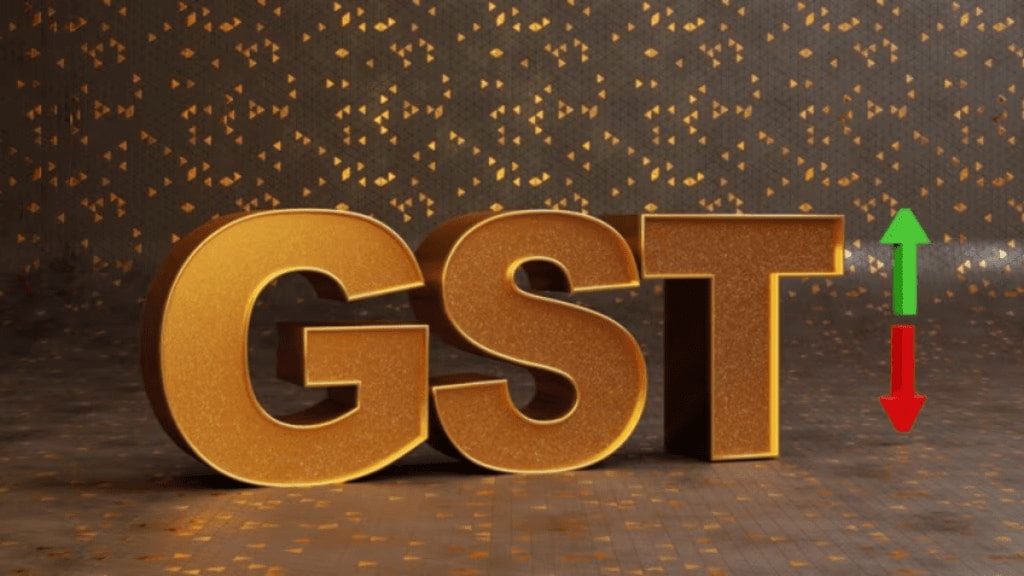By S Ramesh
The scale, speed, and complexity of transformation caused by GST in India is unparalleled. But there is a need for more collaborative and innovative reforms
Almost seven years have passed by since India’s tryst with the goods and services tax (GST) began on July 1, 2017. It has been a trailblazing change in the tax landscape brought about by the consolidation of 17 central and state taxes and 13 cesses into a simplified tax structure across the nation. Looking back, one cannot but acknowledge that GST has stoically straddled these eventful years amid the challenging transition, global pandemic, and geopolitical turbulence. With GST already having achieved a tax buoyancy of over 1.4 during FY24, it promises to fuel a resurgent India’s economy. The scale, speed, and complexity of the transformation brought about by India’s GST remains unparalleled. Brazil, for instance, is now on the verge of initiating a seven-year phased rollout of the new value added tax system by 2033 to streamline the maze of its federal, state, and municipal taxes.
GST’s unique credentials
India’s GST has several unique credentials. To begin with, underpinning the edifice of GST is the new constitutional body — the GST Council — embodying the spirit of cooperative fiscal federalism. The GST Council’s collective wisdom and collaborative efforts during the last 53 meetings since September 2016 have helped India to usher in a uniform, transparent, and technology-based GST regime. The gross GST collections during 2024-25 are on a roll — likely to exceed Rs 10.68 trillion, and an increase of 11.6% over the previous year. The number of active GST taxpayers (at over 14.6 million) has more than doubled since its inception, thanks to the simple and transparent onboarding processes under the GST Network portal. The relentless drive against tax evaders and enhanced Know Your Customer norms, including biometric-based Aadhaar authentication of applicants for GST registration, have also hastened the transition of smaller players into the formal economy. Innovations like the E-Way Bill, real-time e-invoicing, and reporting of monthly GST collection data have enhanced the availability of high-frequency economic indicators. The data-sharing protocols with other agencies and the adoption of advanced data analytics by the tax department have virtually unleashed a potent war on GST evaders, especially those using fake bills and dubious entities. In particular, the Directorate General of GST Intelligence, the investigating arm of the Central Board of Indirect Taxes and Customs, has unearthed over 6,074 cases of fraud to the extent of nearly Rs 2.01 trillion during FY24, which represents approximately 10% of the annual gross GST collections.
Areas for policy reforms
Despite these salient achievements, there are clearly several areas where GST reforms are an imperative. First and most importantly, the multiplicity of rates with the added complexity of inverted duty structure needs to be addressed by the newly constituted Group of Ministers under the GST Council. The rate restructuring should enable Indian manufacturing to be competitive and integrate with the global value chain. The council should also take a candid call on how to recast the compensation cess, which is no longer needed for payment of compensation to states. Secondly, GST unfortunately does not cover large sectors of the economy like petroleum/natural gas and real estate, leading to a cascading of taxes. Aviation turbine fuel and natural gas are low-hanging fruits, which can be subsumed under GST at the earliest. A clear road map for inclusion of these areas would help businesses in their strategic investments and long-term planning. Third, restrictions on availing input tax credit (ITC) have left businesses in the construction, telecom, hospitality, and other sectors grappling with issues such as working capital crunch. Policy reforms in easing ITC availability would bring down costs and enhance ease of doing business. Fourth, a relook is needed at the heightened intensity of audit and investigations that have burdened pan-India entities with huge compliance, in terms of cost, time, and resources. Fifth, in the absence of the GST Appellate Tribunal (GSTAT), taxpayers are unable to obtain efficacious remedy, forcing many to approach courts by invoking their writ jurisdiction. Operationalising GSTAT with end-to-end digital processes should therefore be a top priority.
Ushering in tax certainty
The 53rd GST Council meeting held on June 22 has been a harbinger of tax certainty to businesses by proposing a new provision to provide tax relief based on non-collection/non-levy of taxes as a general industry practice. This is a welcome step as we have seen how huge retrospective tax demands can imperil many sectors. India Inc has also welcomed the quota given to the anti-profiteering provisions in GST with a sunset date of April 1, 2025. As a dispute mitigation measure, it has been announced that the tax administration would desist from filing appeals in the tribunal as well as the high courts and Supreme Court below a threshold in the amount involved in the tax dispute. This and other measures, such as reduction in the mandatory pre-deposit amount for filing appeals, would streamline the GST dispute resolution process. Likewise, the amnesty provisions proposed for waiver of interest and penalty on certain tax demands up to FY21 would certainly earn the trust of thousands of taxpayers who faced a lack of clarity in tax provisions in the initial years of GST.
Road ahead
As India gears up towards its goal of becoming the third-largest economy, GST would be a critical lynchpin in supporting our growth and development. There is clearly a need for more collaborative and innovative reforms in the ensuing years to make GST truly responsive, tech-driven, sustainable, and fit for Viksit Bharat.
Managing director, Price Waterhouse and Co LLP, and former chairman, Central Board of Indirect Taxes and Customs. Views expressed are personal opinions.


